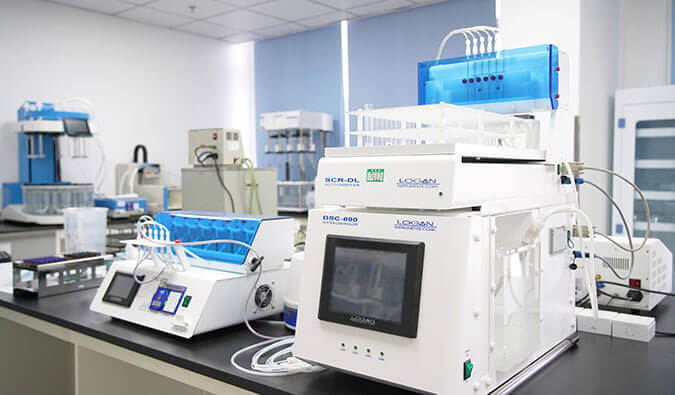


As of Beijing time The data is from a third-party organization and is only for reference.
For actual information, please refer to:www.eastmoney.com
Address: 20 Maguire Road, Suite 103, Lexington, MA 02421(America)
Tel: +1(626)986-9880
Address: Allia Future Business Centre Kings Hedges Road Cambridge CB4 2HY, UK
Tel: 0044 7790 816 954
Email: marketing@medicilon.com
Address: No.585 Chuanda Road, Pudong New Area, Shanghai (Headquarters)
Postcode: 201299
Tel: +86 (21) 5859-1500 (main line)
Fax: +86 (21) 5859-6369
© 2023 Shanghai Medicilon Inc. All rights reserved Shanghai ICP No.10216606-3
Shanghai Public Network Security File No. 31011502018888 | Website Map


Business Inquiry
Global:
Email:marketing@medicilon.com
+1(626)986-9880(U.S.)
0044 7790 816 954 (Europe)
China:
Email: marketing@medicilon.com.cn
Tel: +86 (21) 5859-1500



Drug development is like a game of molecular billiards in which one must sink drugs into receptors. In the case of nuclear receptors, which are targeted by about 13% of all available pharmaceuticals, the game can be particularly challenging. It has been 50 years since an effective means of binding a novel site on a nuclear receptor has been identified.

Calling receptor-binding shots in drug development, however, may soon become easier. A team of scientists representing Eindhoven University, Merck Research Laboratories, and Leiden University has announced an exciting new find: an entirely new way of antagonizing a human nuclear receptor. Specifically, they have found a novel allosteric binding site on the nuclear receptor called RORγt. It is almost as though they found a previously overlooked side pocket on a billiards table.
The new find could have implications beyond the RORγt receptor, which is just 1 of 48 nuclear receptors. If the new approach to allosteric, antagonistic binding to the RORγt receptor could be extended to the other 47 nuclear receptors, an extensive new class of drugs that function differently from, and potentially better than, current medications could be created.
“This news is going to have a major effect on the field of drug development,” said Luc Brunsveld, Ph.D., a professor of chemical biology at Eindhoven University of Technology. “I anticipate a flow of further research geared to investigating the potential of this concept.”
The new findings appeared December 6 in the journal Nature Communications, in an article entitled, “Identification of an allosteric binding site for RORγt inhibition.”
“Co-crystallization of the ligand binding domain (LBD) of RORγt with a series of small-molecule antagonists demonstrates occupancy of a previously unreported allosteric binding pocket,” wrote the article’s authors. “Binding at this non-canonical site induces an unprecedented conformational reorientation of helix 12 in the RORγt LBD, which blocks cofactor binding.”
The RORγt receptor plays an important role in auto-immune diseases like rheumatism and Crohn’s disease. The new means of binding this receptor has the potential advantage of serving as a kind of back door that cannot be accessed by endogenous ligands. This suggests that any compensatory mechanism the human body may make in ligand production would be less likely to induce resistance and decrease efficacy.
 Relevant
news
Relevant
news